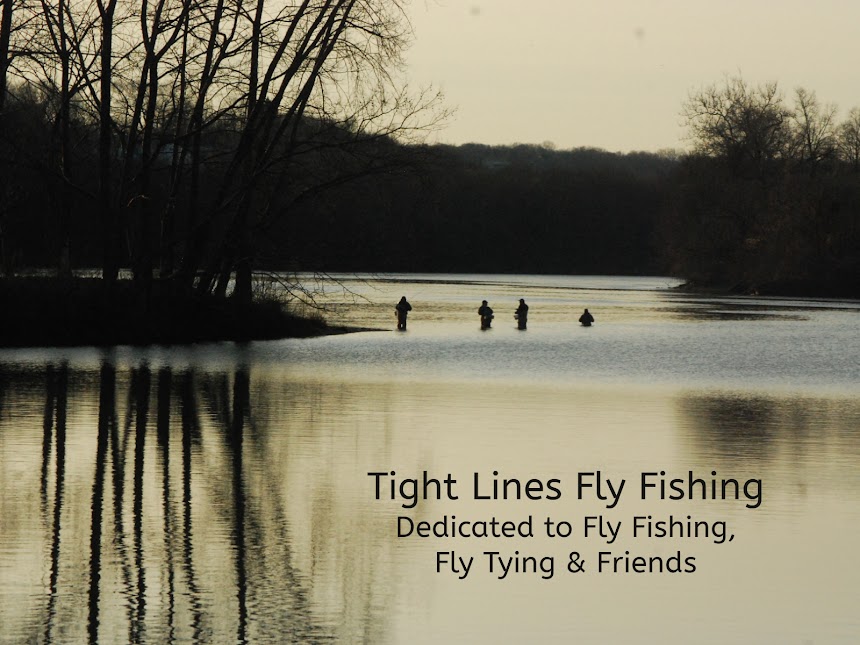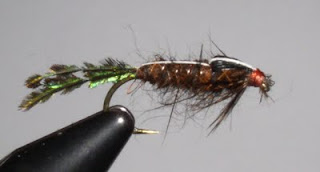Royal Trude
I’ve been writing the Fly of the Month for close to 30 years now. During that time less than a handful of flies have appeared more than once. Those very few I’ve resubmittedbecause they were so productive and/or they had significant importance to fly fishing here in New England. Although a western fly, the Royal Trude is my favorite dry fly. I’ve found it does extremely well during isonichia, alder, and stone fly hatches, even though it’s an attractor fly. Below is how it first appeared in the HFFA newsletter in the early 90’s.
Hook: Size 6 to 16 dry fly hook. Tying thread: Black.
Tail: Golden Pheasant tippets.
Body: 1/3 peacock hurl, 1/3 red floss, 1/3 Peacock hurl.
Wing: White calf tail.
Hackle: Brown.
Hackle: Brown.
This is perhaps my favorite dry fly. Years ago when I first started tying flies I tied this pattern because I thought it would be easier to tie on a single caddis style wing, rather than one which I would have to split. Unfortunately, with my limited fly tying experience, I encountered a different problem. The most critical element of tying this fly is proportion to fit all the body materials on the hook shank, and making sure that when you tie in the wing you cut the butts as close to the hook eye as possible. You have to create a smooth and even wrapping base for your hackle. The wing should extend just slightly beyond the bend of the hook.
The royal trued is a “western” attractor fly. It really doesn’t imitate a particular may fly or hatch. I don’t know why fish like it so much. Perhaps it’s the peacock hurl in the body, maybe the color red, or possibly the “caddis” wing which makes fish go crazy. I have taken countless fish on it. I love to fish it in the fast water. It is extremely visible and floats like a cork if you over dress the hackle a bit.
It can also be fished effectively wet. Sometimes at the end of my drift I’ll let the fly go under and give it a couple of twitches. This method has consistently produced fish for me. As my Cousin Sam once pointed out to me, it is also a pattern that is extremely versatile. Simply clip the hackle off and it can be fished as a small streamer. My friend Bill Goeben loves to tie it in large sizes for warm water species in ponds.
Visually, there isn’t a prettier or more classic dry fly pattern. I hope you’ll give it a try. There is an underground cult of us fly fisherman who fish “The Trude”, “stimulators”, humpties” and other western attractors on our eastern streams. It’s your loss if you “don’t believe”.
If you have any questions about this fly or would like to submit a pattern of the month I can be reached at 203 305-3850 or e-mail me at pdinice@frontier.com . This pattern can also be viewed at www.hffa.net .









